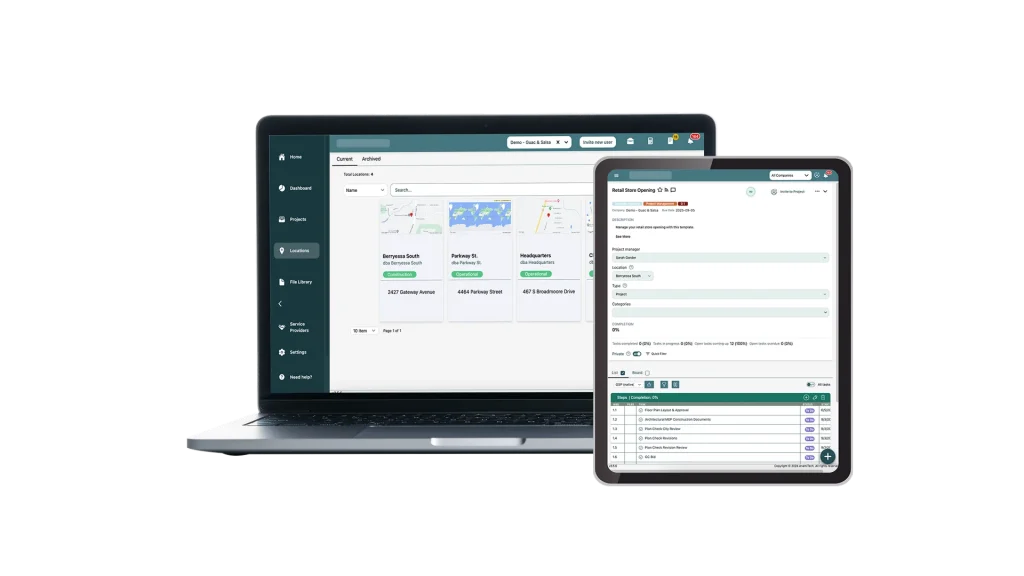Uncover the hidden logic buried in your legacy codebase.
We extract, analyze, and map the real behavior of your system, creating a transformation plan that aligns with your architecture, constraints, and business logic and guides where to restructure code safely.
Legacy code is not just hidden in outdated files. It stretches across undocumented modules, hidden dependencies, and forgotten data flows. No one person understands the full system anymore. Without insight, modernization is just guesswork.
What we deliver:
- AI-powered dependency mapping. Our refactoring automation tool processes runtime traces and static code to identify every functional dependency, integration point, and modular fracture.
- Semantic logic extraction. Our code transformation AI pipeline detects and classifies workflows, branching logic, state transitions, and data movement across deeply embedded legacy layers.
- Modernization backlog construction. We convert the extracted logic into a structured plan that guides legacy code modernization through prioritized, low-risk iterations.
- Automated risk zone detection. AI-driven heatmaps flag complexity clusters, coupling spikes, deprecated APIs, and volatility zones, tagging each for code risk and testability.
- Cross-cutting dependency identification. We isolate layers that span multiple modules — a critical step when refactoring monolithic code — to prevent architectural surprises and support early design decisions.
You get a clear blueprint: what to change, how, and in what order — without breaking what works.



































